Exploring Spanish Paella Traditions Across Different Regions
- 1. The Origins and History of Paella
- 2. Regional Variations of Paella
- 3. Key Ingredients That Make Paella Unique
- 4. Cooking Techniques for the Perfect Paella
- 5. Where to Find Authentic Paella: Rubi Spanish Table Recommendations
1. The Origins and History of Paella
Paella, one of Spain’s most iconic dishes, has a rich history that traces back to the region of Valencia on the eastern coast. Originally a humble meal for farmers and laborers, paella was prepared using whatever ingredients were available, often including rice, beans, and a variety of local meats. Over the centuries, the dish evolved into a celebrated symbol of Spanish cuisine.
The name "paella" comes from the traditional pan used to cook the dish, a shallow, wide, round pan with two handles. It was designed to evenly cook rice over an open flame, allowing the signature crispy crust, or "socarrat," to form at the bottom of the pan. While the dish has deep roots in Valencia, its popularity has spread across the entire country, with each region adding its unique twist.
2. Regional Variations of Paella
Paella is enjoyed throughout Spain, but different regions put their own spin on this classic dish. Let’s explore the most famous regional variations of paella:
Valencian Paella
As the birthplace of paella, Valencia is home to the traditional "paella Valenciana." This version features chicken, rabbit, and occasionally duck, combined with green beans, tomatoes, and a flavorful saffron-infused rice. Paella Valenciana is considered the most authentic and the foundation from which other varieties have sprung.
Seafood Paella
On the Mediterranean coast, particularly in coastal towns like Barcelona, seafood paella reigns supreme. This version omits meat and focuses on the rich flavors of the sea. Shrimp, mussels, clams, squid, and other fresh seafood are the stars of the dish. The delicate, briny flavors pair beautifully with the saffron rice, making it a popular choice for seafood lovers.
Mixed Paella (Paella Mixta)
Paella Mixta is a blend of both meat and seafood. While not considered "authentic" in Valencia, it’s a beloved variation throughout Spain. In this dish, you’ll find combinations like shrimp, chicken, and chorizo, all cooked together in a savory broth. The mix of flavors creates a satisfying and hearty meal perfect for sharing.
Black Paella (Paella Negra)
A popular dish along the Mediterranean coast, particularly in Catalonia, Paella Negra is made with cuttlefish or squid and is famous for its black color, which comes from the ink of the squid. The ink imparts a rich, deep flavor to the rice, making it a unique and visually striking version of paella.
3. Key Ingredients That Make Paella Unique
The magic of paella lies in the combination of simple, yet flavorful ingredients. The key ingredients that define this dish include:
Rice
Paella is typically made with short-grain rice, particularly the "Bomba" variety from Valencia. This rice absorbs liquid well and helps create the ideal texture—fluffy, yet firm, and full of flavor.
Saffron
Saffron is the quintessential spice in paella. Its subtle earthy and floral flavors infuse the rice, giving the dish its characteristic yellow color and depth of taste. While saffron is costly, its importance to the dish cannot be overstated, as it is the soul of paella.
Olive Oil
Extra virgin olive oil is used generously in paella to sauté the ingredients and create a flavorful base. Olive oil’s rich, fruity profile complements the other components, enhancing the overall taste.
Broth
Whether it’s a rich chicken broth or seafood stock, the broth used in paella plays a significant role in flavor development. The ingredients simmer in the broth, allowing the rice to absorb all the delicious flavors as it cooks.
4. Cooking Techniques for the Perfect Paella
To make the perfect paella, the cooking process is as important as the ingredients. Here are some techniques to ensure your paella comes out perfectly every time:
Use the Right Pan
Paella is traditionally cooked in a large, shallow pan, known as a "paellera." This pan helps evenly distribute heat and allows the rice to cook in a uniform layer, which is essential for achieving the perfect texture. A large, wide pan is crucial to achieving the iconic "socarrat," the crispy rice layer at the bottom of the pan.
Don't Stir the Rice
One common mistake people make when cooking paella is stirring the rice. Once the broth is added, the rice should be left undisturbed. Stirring prevents the rice from cooking evenly and disrupts the formation of the socarrat.
Let the Paella Rest
Once your paella is cooked, let it rest for about 10 minutes before serving. This allows the flavors to meld together and ensures the rice continues to absorb any remaining broth.
5. Where to Find Authentic Paella: Rubi Spanish Table Recommendations
If you’re craving authentic paella, Rubi Spanish Table is your go-to source for high-quality Spanish ingredients and products. From the finest Bomba rice and saffron to specialty paella pans, Rubi Spanish Table provides everything you need to make a traditional paella at home. Additionally, our curated selection of Spanish wines pairs perfectly with your paella, making for a truly authentic dining experience.
Visit Rubi Spanish Table today and explore our range of authentic paella products, from pantry staples to cooking tools, so you can create a feast that brings the flavors of Spain straight to your table.
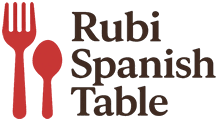
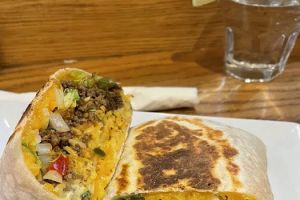

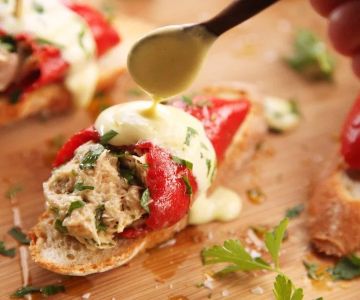


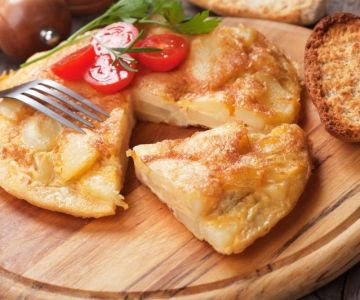
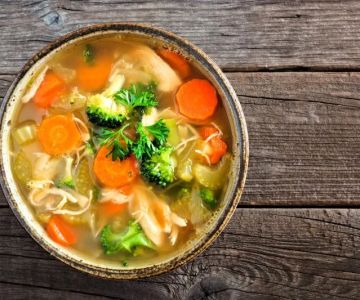
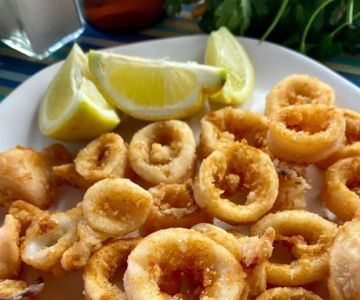
 ANTOJAO Deli & Rest.4.0 (139 reviews)
ANTOJAO Deli & Rest.4.0 (139 reviews)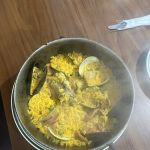 The New Sanchos4.0 (14 reviews)
The New Sanchos4.0 (14 reviews)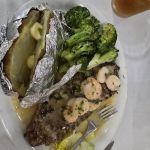 3 Flags Grill & Restaurant4.0 (333 reviews)
3 Flags Grill & Restaurant4.0 (333 reviews) Buen Provecho Good Eats0.0 (0 reviews)
Buen Provecho Good Eats0.0 (0 reviews) Rachells La zacualpeñita4.0 (22 reviews)
Rachells La zacualpeñita4.0 (22 reviews) Carmens De La Calle4.0 (171 reviews)
Carmens De La Calle4.0 (171 reviews)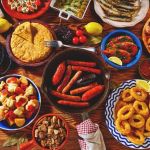 Discovering Spanish Food Markets in Spain That Inspire Recipes
Discovering Spanish Food Markets in Spain That Inspire Recipes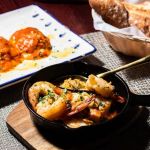 The Best Spanish Restaurants in Raleigh for Traditional Dishes and Tapas
The Best Spanish Restaurants in Raleigh for Traditional Dishes and Tapas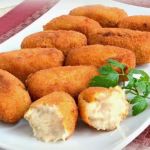 How to Make Spanish Croquetas de Pollo con Salsa Bechamel: Chicken Croquettes with Cream Sauce
How to Make Spanish Croquetas de Pollo con Salsa Bechamel: Chicken Croquettes with Cream Sauce The Best Spanish Food Markets in La Coruña for Fresh Seafood, Vegetables, and Meats
The Best Spanish Food Markets in La Coruña for Fresh Seafood, Vegetables, and Meats The Best Spanish Restaurants in Dallas for Authentic Mediterranean Flavors
The Best Spanish Restaurants in Dallas for Authentic Mediterranean Flavors Best Spanish Restaurants in New York City | Top Spots for Spanish Food
Best Spanish Restaurants in New York City | Top Spots for Spanish Food